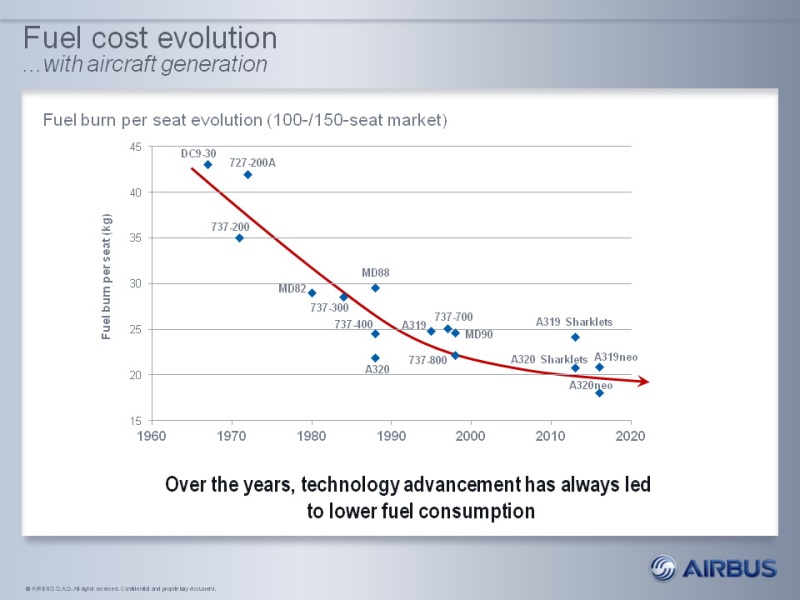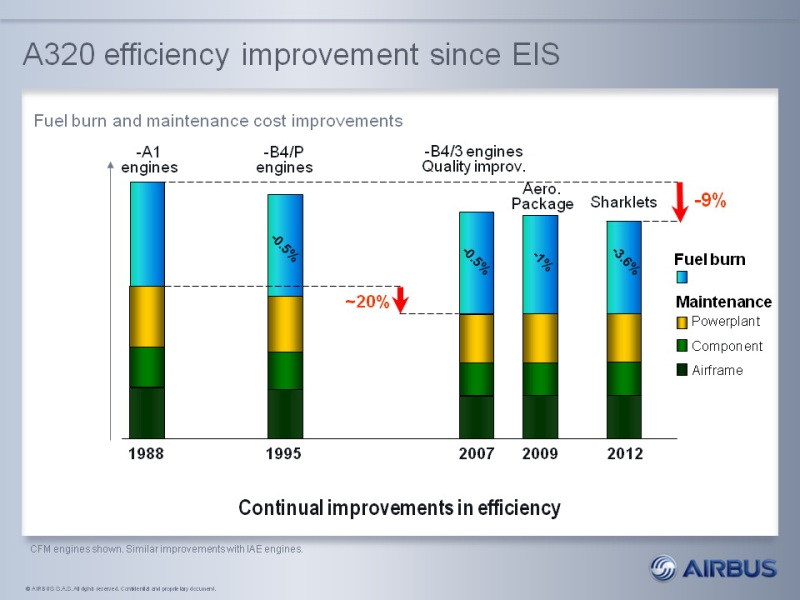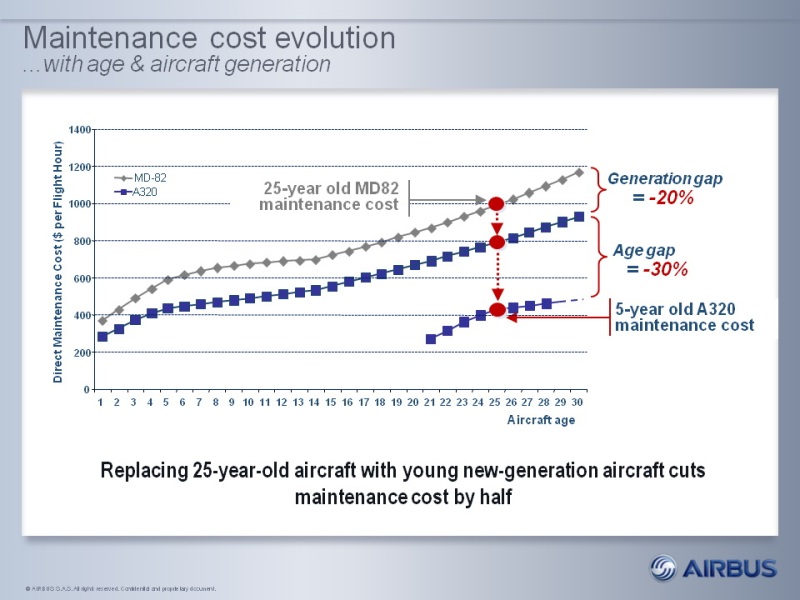

Market Trends
Best age to retire aircraft
In aviation there is no standard answer to the recurring question of when to switch to a new generation aircraft, but there are certainly parameters that should be considered in evaluating the need to keep aircraft in a fleet. These parameters fall into three categories:
1. Impact on the operations
2. Ownership strategy
3. Market conditions
The first category includes all the elements related to increased operating costs due to age (maintenance, fuel, etc.), the decrease in reliability and utilization as well as the aircraft inadequacy to changing markets (range, capacity, etc.) Two factors come into play when comparing with new aircraft; the age gap and the generation gap. As an example, a 15 to 20-year-old aircraft will probably burn between 8 and 12% more fuel than at EIS (Entry Into Service), depending on how it has been maintained. Furthermore, a previous generation aircraft could burn between 10 and 15% more fuel than the same age new generation aircraft. The same principle applies to maintenance costs.
Reliability and utilization also decrease with age, adding to the additional cost (or lack of revenue time) of the old aircraft. All these costs quickly add up and often easily offset the higher ownership or lease costs of a new generation aircraft.
Secondly, the airline’s ownership strategy plays an important role. Some airlines have a patrimonial approach and decide to operate aircraft until the end of their life cycle. Others, benefiting from a better access to credit, quicker depreciation policies or tax shield, keep their aircraft for much shorter periods of time, sometimes no more than seven years of service.
Finally, market conditions could exacerbate the elements mentioned above and trigger a faster retirement. These conditions include: economic downturn, increasing fuel prices, stiffer competition and lower lease rates that allow an easier transition to new generation aircraft.
Today, these conditions are aligned in favor of operating new generation aircraft, particularly in Latin America and the Caribbean. Over the past years there has never been a better time than right now and tomorrow may be too late…
For more information contact:
Patrick Baudis
Vice President Marketing, Latin America & Caribbean
patrick.baudis@airbus.com


